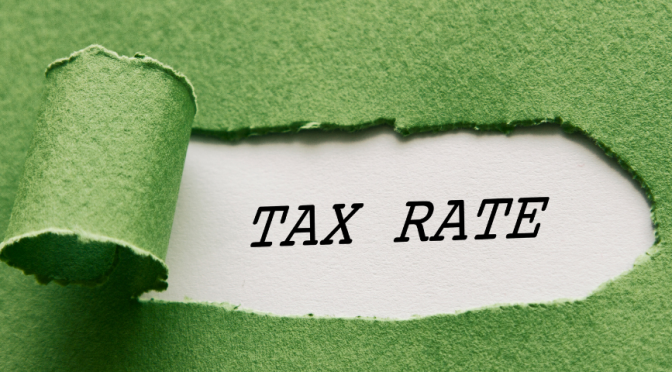Taxation is an important part of any functioning democracy. We rely on tax dollars to pay for public services such as public schools and public transport, and the tax system also provides the revenue to fund many types of public assistance such as social security and unemployment benefits. When taxes are high, people complain that government is unfair and that taxes are too high. When taxes are low, people complain that government is too generous and taxes are too low.
The effective tax rate (ETR) is sometimes called the “tax rate.” A tax rate is the percentage of income that goes to pay taxes. The ETR is the percent of your income that goes to the government to pay taxes. For example, if you earn $100,000 but pay only $40,000 in taxes, 40% is the effective rate. It is important to note that the ETR is not similar to the nominal tax rate. The nominal tax rate is the one that applies to your last dollar of income. For example, if you earn $100,000 and 20% is the nominal rate, then your actual tax rate is 20%. However, the ETR is the actual tax rate that is applied to your last dollar of income.
In the United States, the federal government levies a federal income tax on income earned from wages, investments, and other sources. In addition, most states have a state income tax as well as a corporate income tax. And it is important that you pay your taxes, otherwise, you could find yourself in a lot of trouble with the IRS. Of course, the financial situation of certain individuals may mean that they struggle to pay their taxes, especially if they already owe a lot of money. Luckily, services like those at https://taxrise.com/fresh-start-program/ are able to help these individuals get back on track. If you are someone who holds a steady job and are receiving a decent paycheque, you should be expected to pay tax.
Some people would argue that the tax rate you pay is the only thing you’ll ever really think about when it comes to taxes, but that would be a mistake. The effective tax rate is the tax rate that the company pays; that is how much money they spend to pay taxes. If you are in the top tax bracket, then this tax rate will be the largest percentage of what you pay in taxes.
In the past, the IRS has been criticized for under-targeting high-income taxpayers. This criticism has been attributed to many factors, including the limited amount of tax revenue that the government receives from these taxpayers, the fact that there is no tax due from these taxpayers during a year when they have a loss, and the difficulty in determining their income accurately.
The U.S. Individual Income Tax is a flat tax with marginal rates starting at 10% for a single tax filer and increasing up to a top rate of 39.6% for a nine-figure income. The Bush administration increased taxes on high-income earners and continued the trend by President Obama. This article aims to provide a brief explanation of the specific changes from the Bush to the Obama administration.
The idea of a “tax rate” is somewhat misleading when it comes to income tax. The federal government devotes a great deal of time and money to determining tax brackets and maximum income levels. This can simply be attributed to the fact that many particulars are taken into account when framing them, including taxable income, marginal tax rates, and progressive tax system among others. With that said, you should find information on the new income tax brackets in 2024 to learn about the changes and developments that could affect you.
Our current tax system is based on the tax code that was passed in 1913. While that may have been a good time to set rates, it is not necessarily the best time to write the code. Before 1913, the average person paid roughly 1 percent in taxes. The idea behind tax codes is to raise money to pay for government programs or operations. Today, the federal government spent roughly 22 percent in direct taxes to pay for operations, in contrast to the 2.4 percent in direct taxes to pay for operations in 2008.
The U.S. tax system strives for fairness-a near-impossible task. There are too many moving parts, too many layers of tax law, and too many loopholes to make it work. Even when the system is created in a well-intentioned way, it’s still subject to change, meaning no one plan will ever cover everyone. And to make matters worse, the tax code is set up to encourage certain behaviors-like making investments, investing in real estate, or purchasing expensive items-while discouraging others, like buying groceries, paying bills, or saving for retirement.
